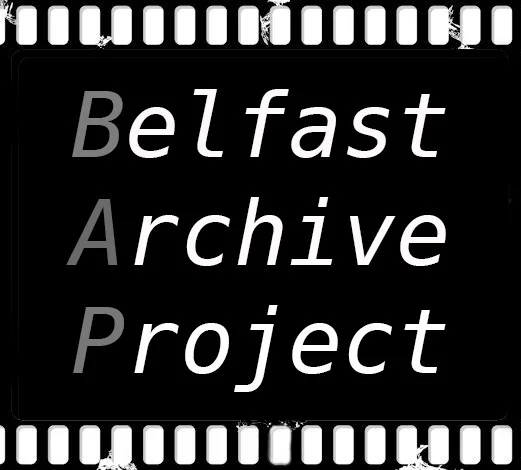As a global media, hungry for images of conflict, descended on Northern Ireland in the sixties, Bill Kirk became one of a vanguard of young local photographers whose portraiture of their society was more heartfelt, complex and intuitive than narrowly documentary. His images are as relevant today, as a major retrospective exhibition is to show.
Bill Kirk’s life has been shaped by two major passions; photography and cycling. In the context of a difficult youth (both of his parents died early from TB) and a turbulent society, each offered Kirk a valuable means of engagement.
Born in Newtownards in 1937, Kirk became an enthusiastic cyclist at the age of 14, photography came later. In the mid-60s he bought a camera with which to take family pictures. At the eruption of conflict at the end of the sixties, however, he began to use photography as a way of making sense of the events flaring up around him. ‘There was a lot of anxiety,’ he says. ‘Everybody was anxious. We were in a fog, not knowing where we were going.’ Photography was a way of exploring the contours of a bewildering new order. The lens may have been that of a gifted amateur, but the instinct was that of a photographer. It took a crushing double blow, however, for Kirk to pursue photography professionally.
Kirk began his professional life as a draughtsman at Shorts. He was dissatisfied but, with a young family, it was still tough being made redundant in 1971. At the same time he was diagnosed with TB. Following a long, dangerous battle against the disease, Kirk decided to study photography at Belfast’s Art College, under Don Carstairs.
In a first for students at the college, Kirk and fellow photographer Arthur Watson were given a two man show entitled Ulster Photographs at the Arts Council Gallery before either had completed their studies. The exhibition travelled to various venues throughout Ireland and Great Britain.
The impulse that had motivated Kirk as an amateur was honed by experience. As a Socialist he felt (‘naively’ he claims) that photography could make a difference. He sought human truths in the sectarian chaos and to avoid the simplistic in his documentary images. In 1974 he completed a study of the Klondyke Bar on Sandy Row; work which was published in book form by Blackstaff Press. A year later the bar was blown up.
Bursaries from the Arts Council (1975) and the Irish American Foundation (1977) relieved some of the financial pressures limiting his productivity. He also took a long-term job with the Northern Ireland Tourist Board, where he subverted a tradition for fluffy-cloud whimsy with a ‘truer’ aesthetic.
Kirk was also the stills photographer on David Hammond’s Channel 4 production of Steel Chests, Nails-in-the-Boots and the Barking Dog (1986). Last year he collaborated with Isabel Woods, May Farrar and Rab Collins on Recycled Memories – a collection of short stories, poetry and drawings celebrating a century of cycling in Ireland, to which he contributed stories and mini-biographies. At 80, he is still cycling.
In 1983 Blackstaff Press published the highly acclaimed Images of Belfast, featuring a lucid and diverse overview of Kirk’s photography, accompanied by the fine prose of Robert Johnstone. It remains a revealing and complex portrait of the city and its people, with telling documentary images set alongside expressively personal portraits of local figures.
Our second Publication from Bill Kirk, Sandy Row, is due to be launched in Sandy Row community centre on Friday the 31st of March. The Book will contain 80 fully restored images from his groundbreaking series from 1974. The foreward has been provided by Bills good friend and one of the worlds leading photographers Gilles Peress, a former president of magnum photos.
Klondyke Bar
Nearly 45 years after his groundbreaking work on Sandy Row, including the Klondyke Bar series, Bill Kirk returns to the area to find contemporary images of a community on the cusp of another major ‘re-development’ phase. Indeed, the initial impulse for documenting Sandy Row during the early 70s was to bear witness to the decimation of one of Belfast’s oldest working-class communities. This new photographic work is testament to his respect for the people. Our hope is that the work will reveal how a still thriving community continues to cope with the economic displacements that come with being located near the city centre. As the expansion of the city encroaches into the area, there is the reality that gentrification may forever change the face of Sandy Row.
Bill’s work has always been known for empathically capturing individuals and their everyday ways of life. His curiosity for the details is most shown in the images of home interiors where lives are lived and intimate memories are made.
100% of every donation goes directly to programming. We deeply appreciate your support!

